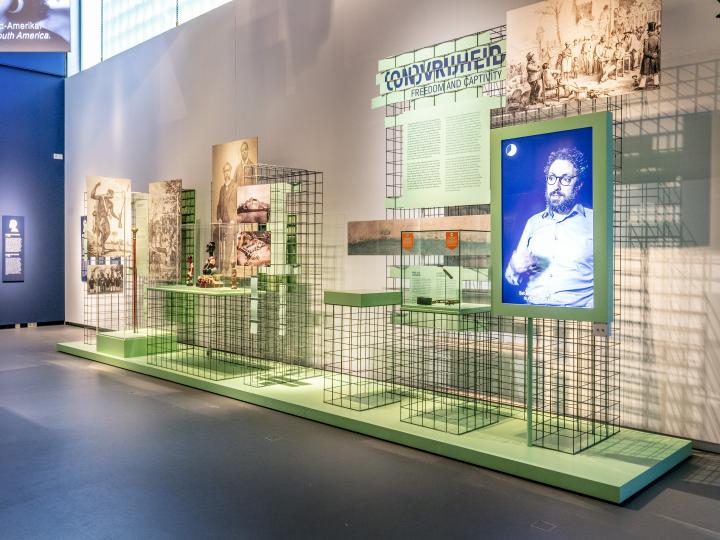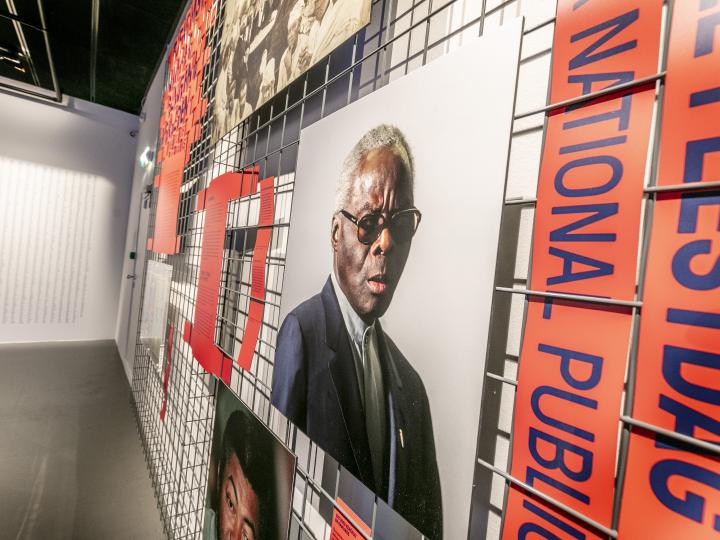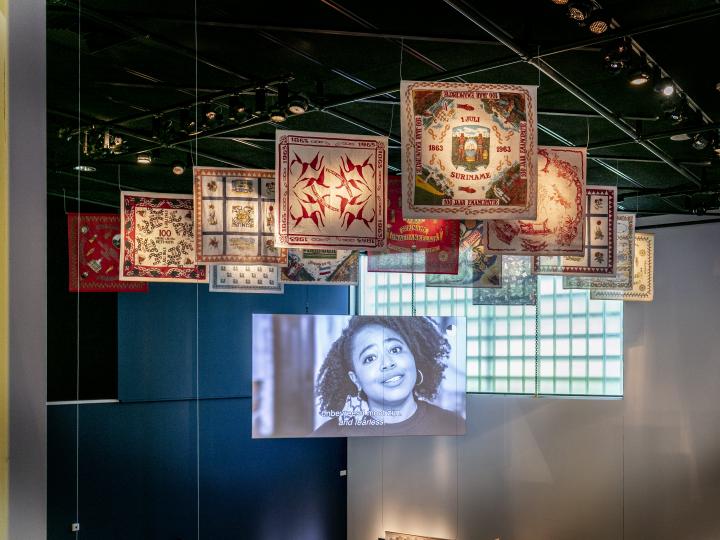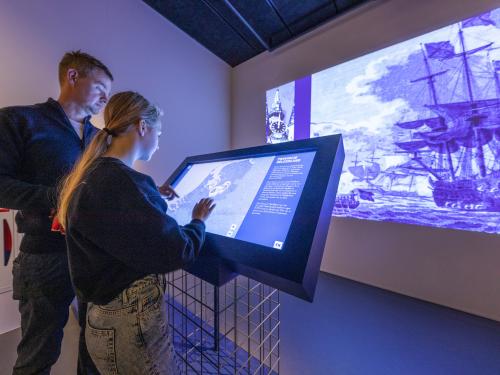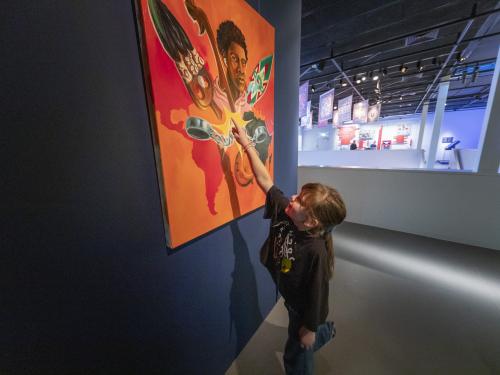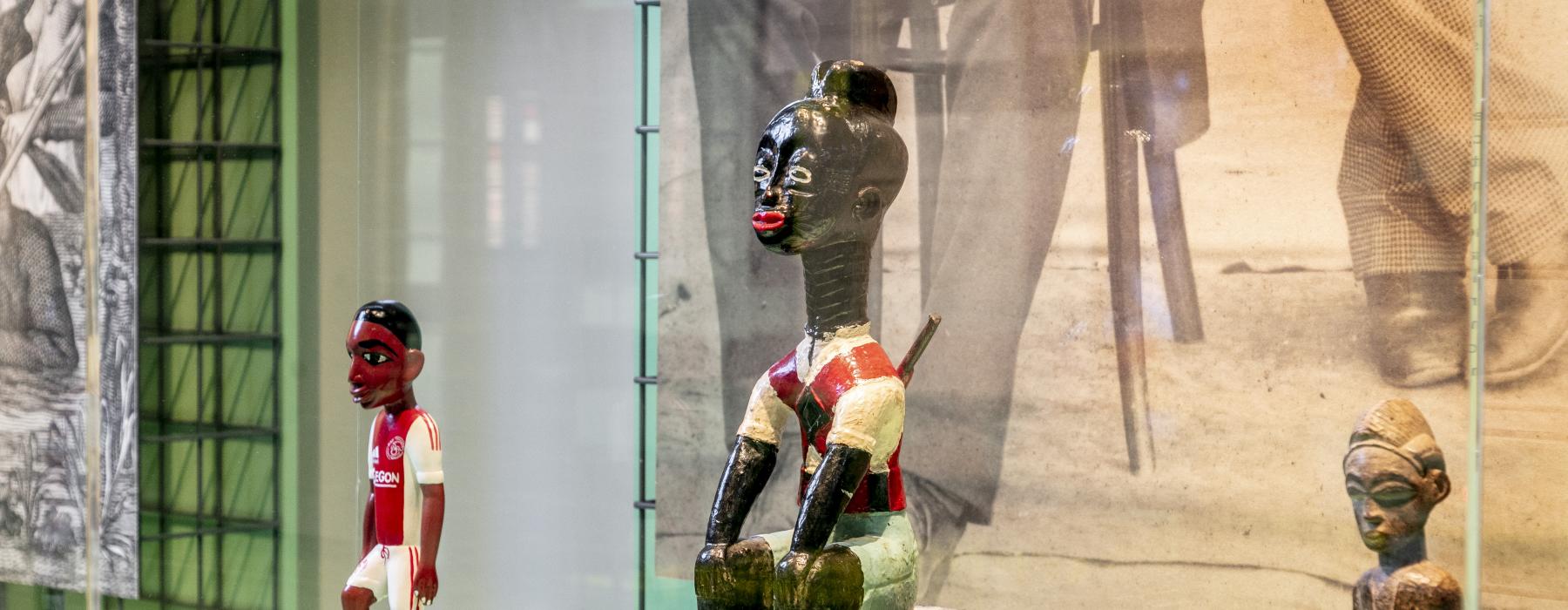
With the support of the government, Dutch merchants shipped more than 600,000 captured adults and children from Africa to North and South America between 1600 and 1800. They were not treated as people but as merchandise. This also took place in other parts of the world, such as from Asia. In 1863, the Dutch government legally ended transatlantic slavery, but it was only in 1873 that the enslaved were able to leave the plantations. This may seem like a long time ago, but the unequal racial relations which were developed over hundreds of years of colonial domination have left traces in our society that are still perceptible to this day. Racism, discrimination and stereotyping are examples of slavery in the modern-day Netherlands. It is mainly Black Dutch people for whom the link between slavery and inequality is painfully evident.


